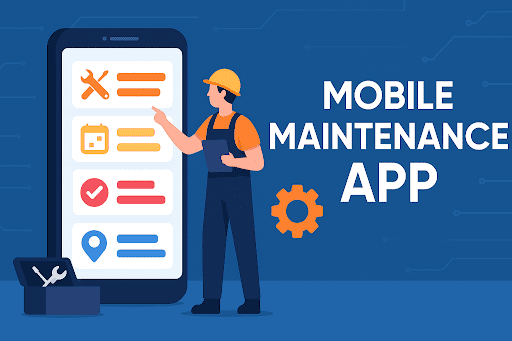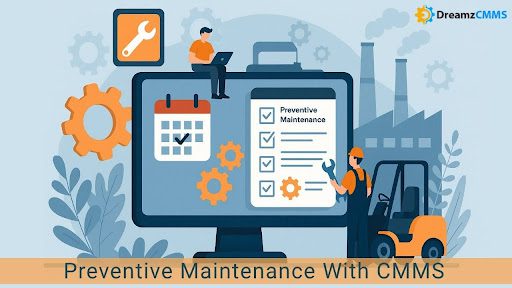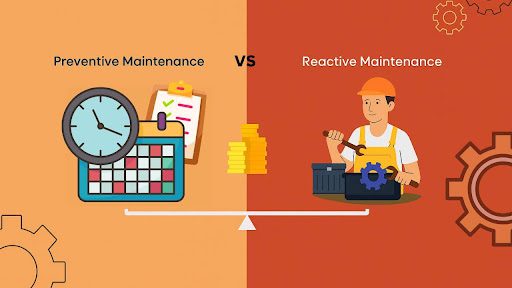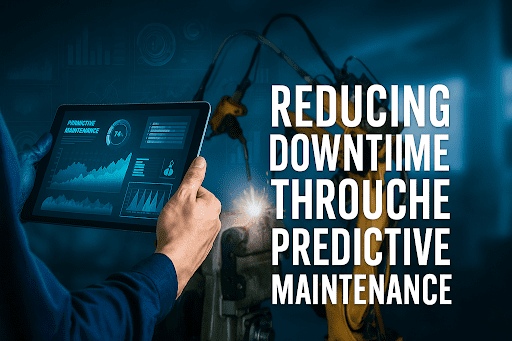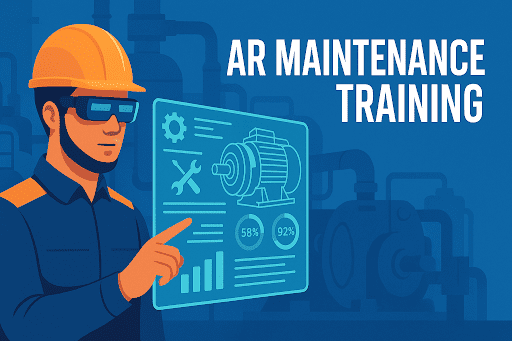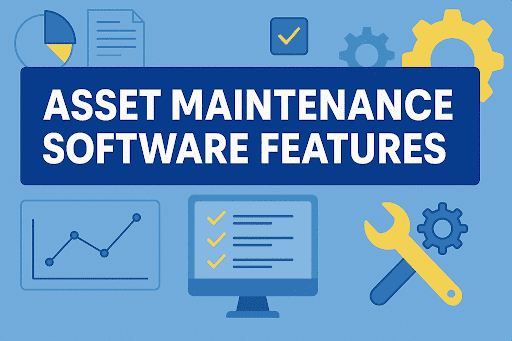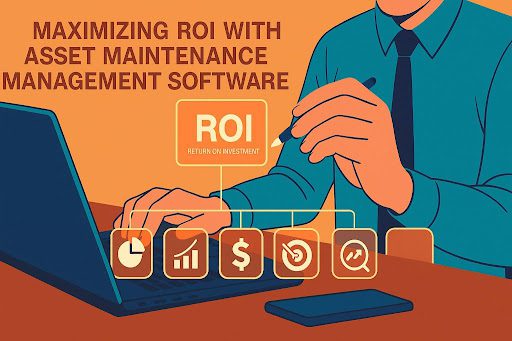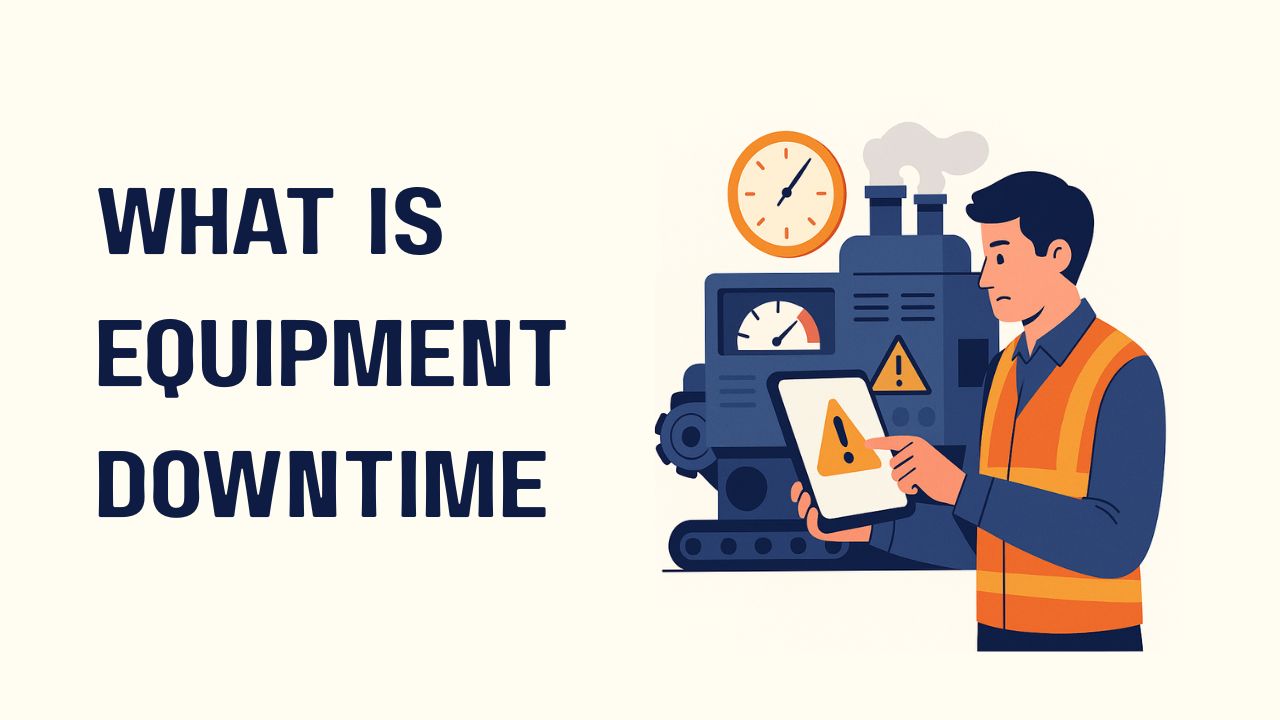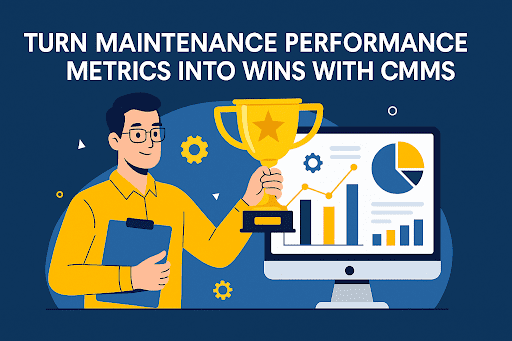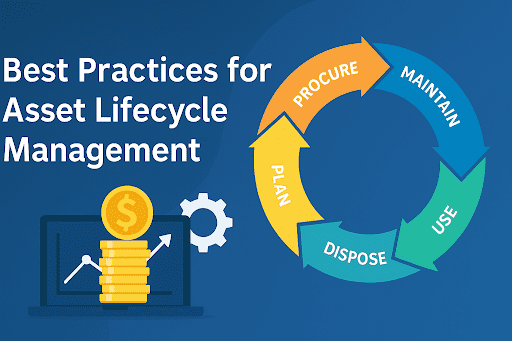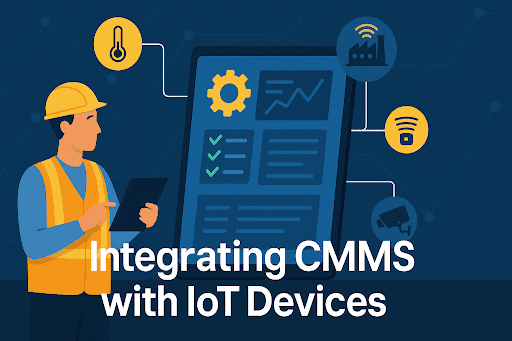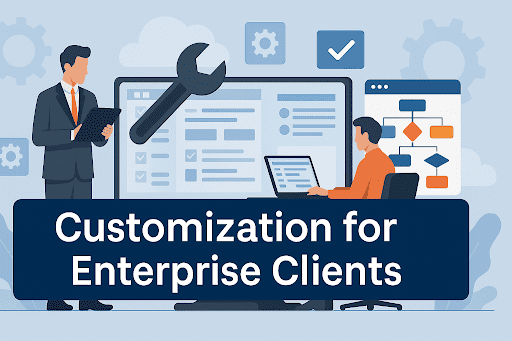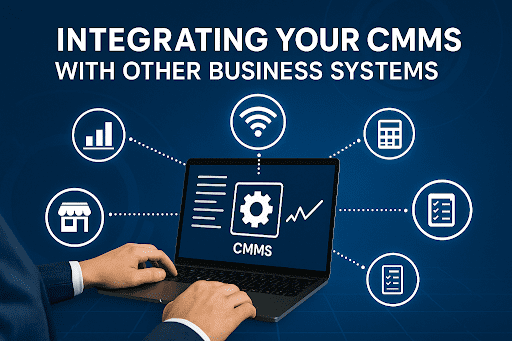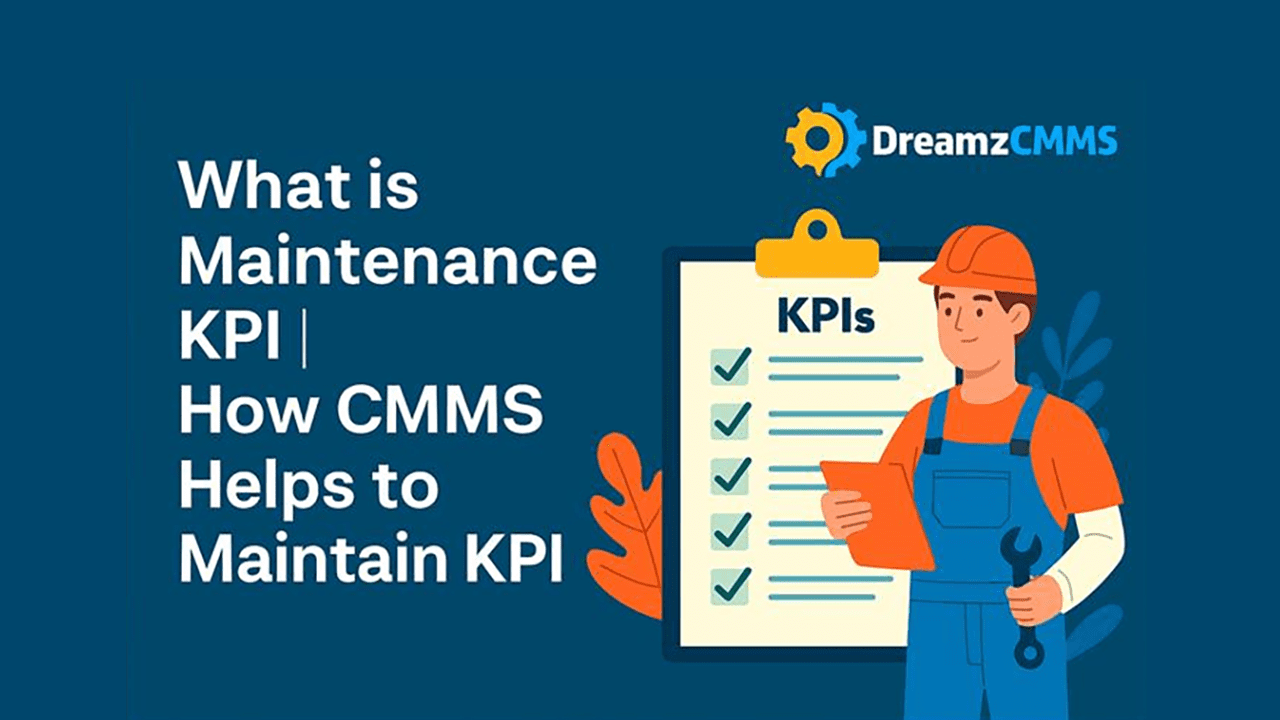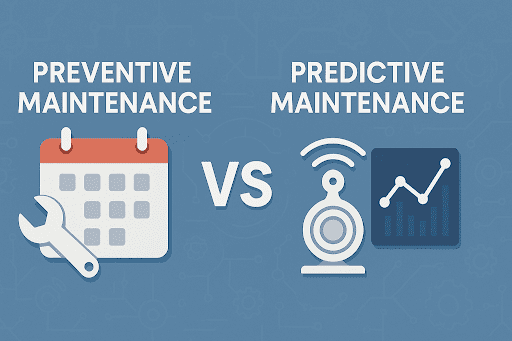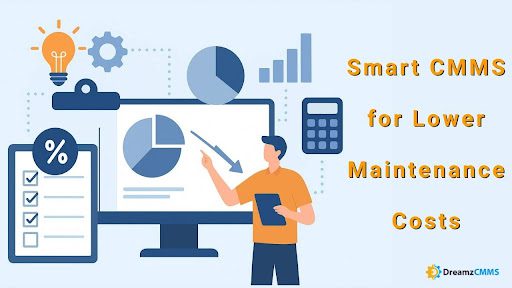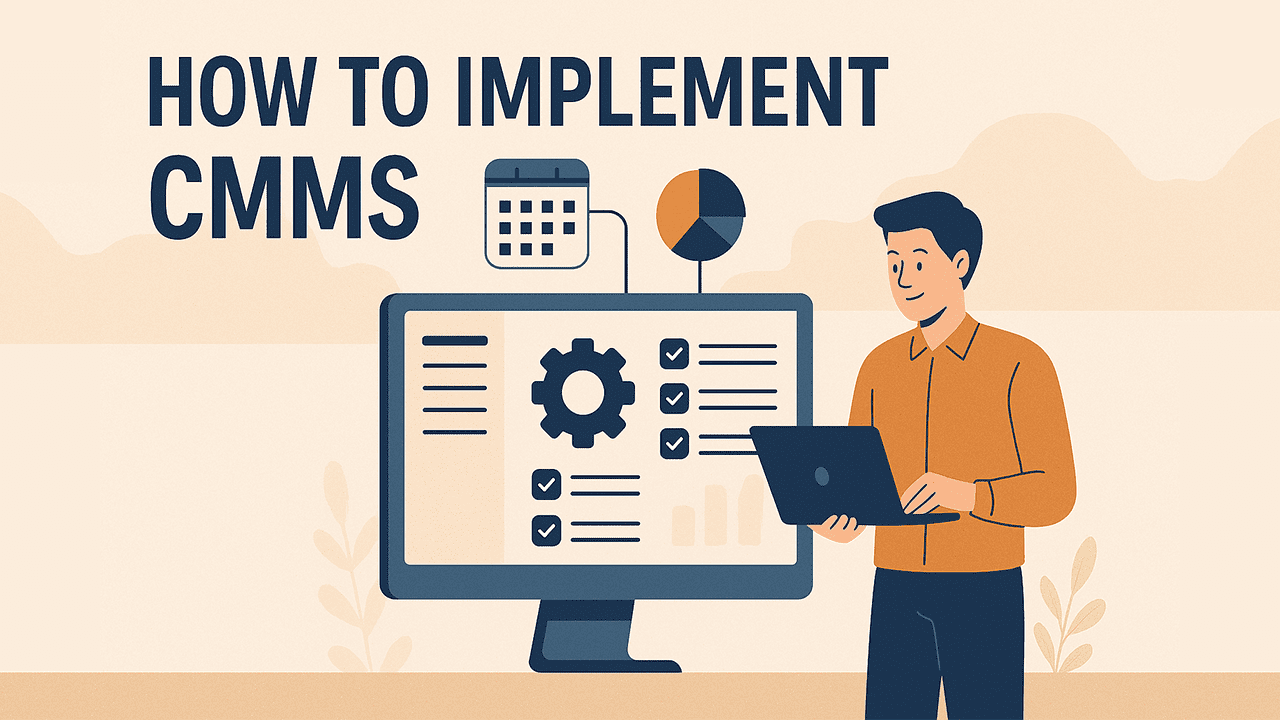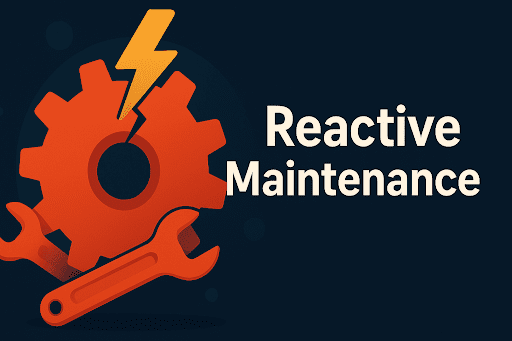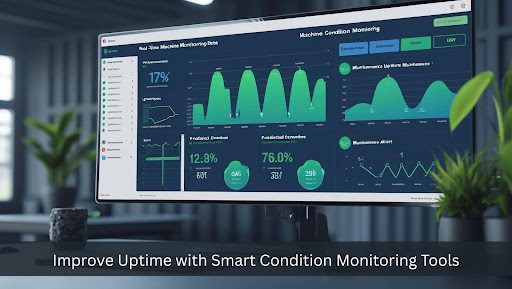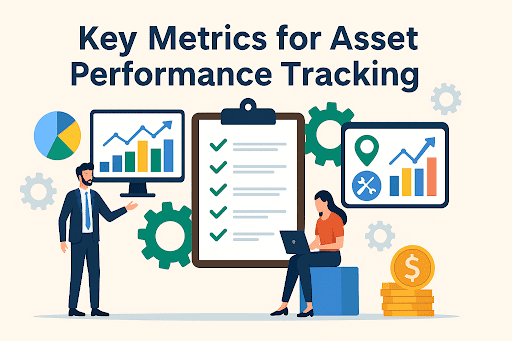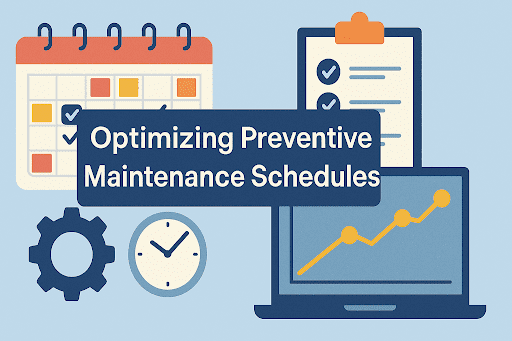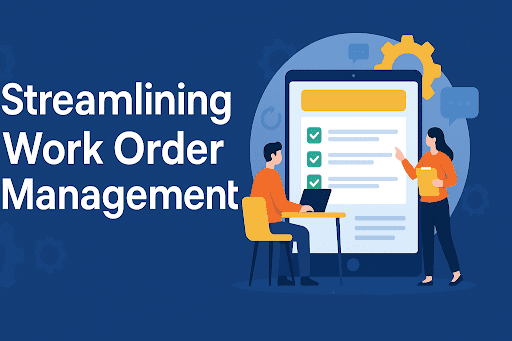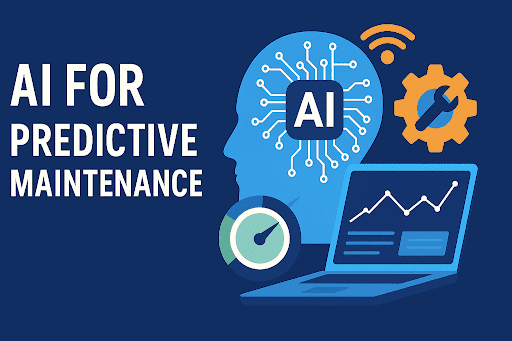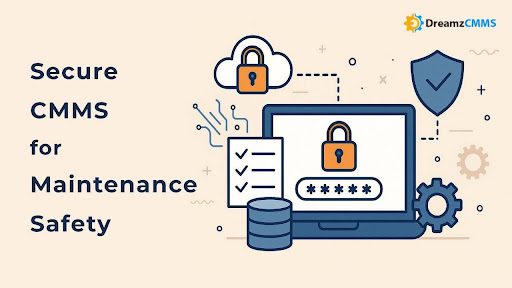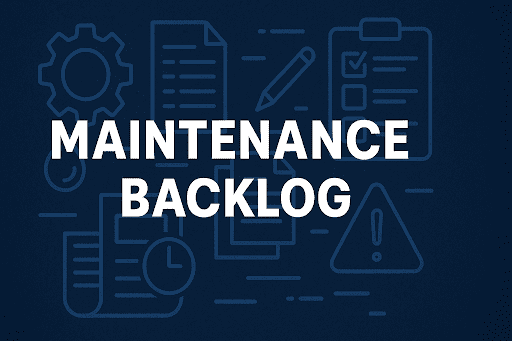 BACK TO Blog
BACK TO Blog
Asset Rental Management
Asset Maintenance
Asset-heavy industries need to stop equipment breakdowns from repeating because this practice reduces operational disturbances while maintaining financial control. Root cause analysis maintenance helps organizations identify equipment failure sources instead of treating symptoms so they can perform proper elimination. Maintenance teams gain access to powerful CMMS insights for asset breakdowns along with automated digital failure reports through a combination with a Computerized Maintenance Management System (CMMS) which enables them
- July 28, 2025
- DreamzCMMS Team
- 12 minutes read
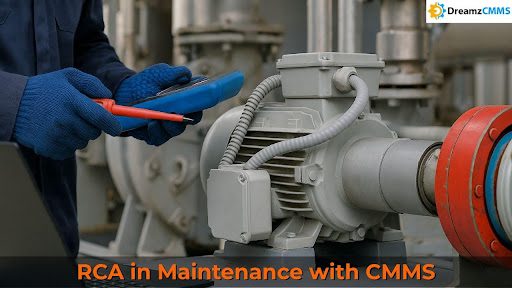
- July 28, 2025
- DreamzCMMS Team
- 12 minutes read
Asset-heavy industries need to stop equipment breakdowns from repeating because this practice reduces operational disturbances while maintaining financial control. Root cause analysis maintenance helps organizations identify equipment failure sources instead of treating symptoms so they can perform proper elimination. Maintenance teams gain access to powerful CMMS insights for asset breakdowns along with automated digital failure reports through a combination with a Computerized Maintenance Management System (CMMS) which enables them to implement effective corrective action planning.
This complete guide explains the fundamentals of RCA while discussing its significance in maintenance operations and CMMS benefits for failure analysis during maintenance and demonstrates how to identify equipment root causes for lasting reliability.
Optimize Maintenance with Smart Asset Management
Track asset performance, detect failures early, and streamline preventive schedules with powerful CMMS tools designed for reliability.
Asset Maintenance Management Software
What is Root Cause Analysis in Maintenance?
Equipment breakdowns and system failures receive their diagnosis through root cause analysis maintenance which follows a systematic methodology. RCA goes beyond superficial remedies because it investigates the fundamental failure reasons which enables permanent solutions.
A routine fix of a compressor motor overheating issue would be replacing the motor but RCA analysis shows that ventilation issues combined with missing lubrication schedules and inappropriate bearing sizes exist as the true causes.
Key Goals of RCA in Maintenance
- Equipment failure causes need to be determined with absolute precision.
- A comprehensive maintenance failure history database enables pattern detection through the accumulation of complete records.
- Long-term asset durability emerges from reliability-centered interventions.
- The maintenance approach RCM (Reliability-Centered Maintenance) gets support through asset prioritization in maintenance operations.
- The elimination of repeated maintenance issues stops emergency repairs from becoming necessary.
Why Root Cause Analysis is Essential
Maintenance teams perform repetitive reactive repairs which results in the repeated breakdown of the same equipment while wasting time and resources. Several long-term advantages become available to organizations through maintenance root cause analysis.
1. Prevent Recurring Maintenance Problems
The analysis of breakdown root cause logs through RCA identifies the fundamental issue to stop recurring failures.
2. Reduce Maintenance Costs
Emergency repairs become costly because they require unplanned labor along with expensive spare parts and extended production downtime. The target-based approach of RCA decreases these expenses.
3. Improve Asset Reliability & Safety
A reliable machine operates efficiently and safely. The reliability enhancement of equipment occurs through RCA which supports both safety standards and accident prevention.
4. Better Decision-Making with Data
The combination of maintenance reporting and analysis with RCA generates useful information for optimizing assets. This comparison between Preventive vs Predictive Maintenance will help you understand how RCA works with predictive models if you want proactive solutions for asset performance issues.
If you are exploring strategies to proactively handle asset performance issues, check out this comparison on Preventive vs Predictive Maintenance to understand how RCA complements predictive models.
Role of CMMS in Root Cause Analysis Maintenance
Modern CMMS systems transform traditional manual RCA data analysis by delivering automated analytics through centralized equipment root cause detection capabilities.
How CMMS Enhances RCA
1. Centralized Data & Maintenance Failure History
The CMMS system collects all work orders alongside inspection findings and spare parts consumption data along with digital failure records into one unified platform. The consolidated view enables fast detection of maintenance failure patterns.
2. Downtime Investigation Tools
The built-in downtime investigation tools in CMMS allow teams to examine failure frequency alongside MTTR and MTBF metrics which generates valuable CMMS insights about asset breakdowns.
3. Root Cause Audit Trails
CMMS systems automatically preserve root cause audit trails which track the performance of RCA activities as well as all corrective actions with their resulting outcomes for future access.
4. Automated Corrective Action Planning
The identification of root causes by CMMS triggers automated work order creation along with technician assignment and follow-up scheduling for proper corrective action planning.
5. Maintenance Troubleshooting Software Capabilities
The maintenance troubleshooting software function of CMMS provides technicians with access to historical RCA data which accelerates their ability to solve recurring issues.
The implementation of Secure CMMS protects sensitive facilities by securing all RCA data and audit trails from unauthorized access.
Steps to Perform RCA Using CMMS
The implementation of a structured RCA process through CMMS support leads to accurate results while promoting continuous improvement.
1. Problem Detection
Use CMMS dashboards together with maintenance failure history and asset performance KPIs to find persistent problems.
2. Data Collection & Analysis
Obtain real-time sensor data along with digital failure reports and historical logs. The CMMS system simplifies failure analysis by processing collected data.
3. Root Cause Identification
Use CMMS tools to implement 5 Whys and Fishbone Diagrams and Pareto Analysis for tracing back to the root cause.
Example:
Problem: Conveyor belt breakdown.
Why 1: Belt misaligned.
Why 2: Tension uneven.
Why 3: Tensioner adjustment skipped.
Why 4: Preventive task missed.
Why 5: Outdated PM schedule not updated in CMMS.
4. Corrective Action Planning
The identification of the root cause triggers CMMS to create and distribute corrective maintenance work orders that track properly.
5. Verification & Monitoring
After maintenance operations CMMS tracks performance data through its tools for root cause analysis and downtime investigation.
6. Continuous Improvement
The CMMS system uses new RCA insights to modify both preventive and predictive schedules which improves RCM in maintenance operations.
RCA Tools Enhanced by CMMS
1. 5 Whys
Each step in the RCA process remains visible through CMMS by tracking down the reasons at each level.
2. Fishbone (Ishikawa) Diagram
The use of CMMS helps teams see possible causes by dividing failures into three categories: manpower, materials and environment.
3. FMEA (Failure Mode and Effects Analysis)
CMMS maintenance reporting analysis enables the risk evaluation through a severity scale and occurrence scale and detectability scale.
4. Pareto Analysis
CMMS analytics present which 20% of root causes generate 80% of breakdowns thus enabling teams to choose the most important corrective actions.
Additional Benefits of Combining RCA with CMMS
A robust CMMS integration with root cause analysis maintenance brings substantial operational benefits alongside financial benefits and compliance advantages. The system uses automated tracking and data-backed decision-making to drive continuous improvement in addition to identifying the main reasons for equipment failures.
1. Equipment root cause detection becomes faster because of data-driven insights
The CMMS system maintains extensive maintenance data collection which includes both historical maintenance failures and equipment sensor information alongside technician documentation. The system identifies repeated failure patterns which gives CMMS insights about asset breakdowns thus enabling teams to identify root causes in hours rather than days. Technicians gain precise equipment root cause detection capabilities because the system eliminates unnecessary guesswork.
2. Breakdown Root Cause Logs on CMMS help organizations decrease unplanned downtime
Businesses pay high costs when their operations experience unexpected shutdowns. Breakdown root cause logs on CMMS enable teams to identify recurring issues before they develop into major system failures. Real-time downtime investigation tools enable organizations to predict potential stoppages when combined with RCA thus allowing early corrective actions that reduce production losses.
3. Technician productivity increases when technicians follow guided RCA procedures and receive corrective action directions
Through its maintenance troubleshooting software functionality CMMS provides technicians with step-by-step RCA instructions that draw from previous case records and digital failure reports. The system generates proper work orders that include specific technicians and full instructions along with required tools and spare parts for each job assignment. The system decreases confusion while reducing rework and increases first-time fix success which leads to better productivity.
4. Detailed root cause audit trails on CMMS lead to enhanced compliance standards
The implementation of automated root cause audit trails within CMMS systems delivers advantages to industries which need to maintain strict regulatory compliance. The entire RCA process gets documented through trails which include data collection and analysis and corrective action execution for audit purposes. The system helps organizations meet regulatory requirements while developing trust among their stakeholders and clients.
5. Long-Term Cost Savings by Reducing Frequent Failures
Organizations that fix equipment failures at their core instead of addressing superficial symptoms decrease their requirements for spare parts and cut down on emergency repairs and overtime labor expenses. The decrease in equipment breakdowns enables organizations to achieve longer asset lifespan and better return on investment along with enhanced Reliability-Centered Maintenance approaches.
The combination of predictive maintenance with AI-driven corrective action planning creates compounded benefits that transform reactive firefighting into proactive maintenance excellence.
Field Service Management Software with RCA features delivers fast troubleshooting for equipment service teams who operate across various locations. The Field Sales Software enables sales teams which offer service-linked warranties to deliver seamless maintenance and customer support through warranty programs.
Facility managers will achieve maximum energy efficiency and building performance through integrating RCA insights into Facility Management Software systems.
Best Practices for Effective RCA with CMMS
- Update Asset Data Regularly: Regularly update your asset information because it leads to superior root cause analysis results.
- Train Technicians: Technicians need training for RCA techniques together with instructions about maintenance troubleshooting software usage.
- Integrate Predictive Tools: The integration of predictive tools featuring IoT sensors and AI allows early detection of equipment failures which improves root cause detection capabilities.
- Standardize RCA Processes: Use CMMS workflows for consistent corrective action planning.
- Leverage AR Training: The implementation of AR Maintenance Training enables technicians to perform RCA more accurately. The combination of AR Maintenance Training with CMMS leads to enhanced accuracy in RCA among technicians.
- Review Audit Trails: Periodically check root cause audit trails for continuous improvement.
Real-World Example: RCA in Action
Case Study – Packaging Plant Overcomes Repeated Overheating Failures
The sealing machines of a major packaging facility required shutdowns for repeated stops that resulted in production delays. The unanticipated equipment breakdowns caused operational interruptions while simultaneously increasing maintenance expenses and reducing factory output.
Detection
A CMMS dashboard notified the plant about five unplanned stoppages which occurred to the same sealing machine throughout two weeks. Maintenance teams discovered this problem required an in-depth root cause analysis approach through their evaluation of historical failure records and breakdown root cause documentation.
Analysis
The team examined digital failure reports and applied CMMS downtime investigation tools to notice recurring temperature rises following continuous machine operation. The CMMS revealed asset breakdown data which showed the machine's cooling system needed servicing beyond the scheduled preventive maintenance period.
Root Cause Identification
The inspection results combined with CMMS audit trails demonstrated that equipment failure resulted from blocked cooling fans because of excessive dust accumulation. The preventive maintenance plan did not include this particular maintenance task thus technicians omitted it during regular servicing.
Corrective Action Planning
The maintenance team added a weekly fan cleaning requirement to the CMMS preventive maintenance (PM) schedules for all units. Work orders were automatically created by the CMMS which assigned them to technicians to prevent this task from being ignored. Root cause audit trails received an update to record this modification for future compliance requirements and future reference.
Outcome & Continuous Improvement
The implementation of the new PM schedule reduced machine breakdowns by 70% during a month which boosted production efficiency and minimized emergency repair expenses. The CMMS provided predictive maintenance time recommendations that used current operating hours to establish initial steps for RCM implementation in vital packaging machinery.
The combination of root cause analysis maintenance with CMMS enables organizations to solve equipment failures while avoiding recurring maintenance issues which results in sustained operational reliability.
The Future of RCA with AI-Enabled CMMS
The future of root cause analysis maintenance will evolve from reactive problem-solving to predictive intelligence through the combination of AI, machine learning and IoT. AI-enabled CMMS platforms have evolved from basic record-keeping systems into intelligent systems which learn from historical data to propose proactive solutions.
Key Advancements in AI-Enabled RCA
- Suggest Probable Causes Based on Maintenance Failure History
The system uses historical maintenance data and breakdown records to determine possible equipment failure sources. The analysis of maintenance failure history and breakdown root cause logs through AI algorithms enables the prediction of equipment malfunctions. Through system alerts technicians receive before a failure occurs they can perform maintenance in advance.
- Automate Digital Failure Reports from IoT Sensors
Real-time data collected from IoT devices through connections automatically produces digital failure reports whenever system anomalies occur. The automatic data collection process streamlines failure analysis during maintenance and stops important failure indicators from being ignored.
- Recommend Optimized Schedules Through AI-Driven Corrective Action Planning
The system provides optimized maintenance schedules by utilizing AI-based corrective action planning recommendations. AI-powered CMMS systems generate adaptive maintenance schedules by processing operational data alongside asset usage statistics and RCM information for equipment maintenance. The optimized maintenance plan gives priority attention to equipment with high risk to avoid unexpected failures. - Maintain Real-Time Root Cause Audit Trails for Compliance Reporting
The system keeps an automated record of root cause audit trails which document each step in RCA starting from equipment root cause detection up to corrective action planning. The systems of tomorrow will sustain automatic root cause audit trails that will track all steps performed in RCA including both equipment root cause identification and corrective action development. The audit trails enable maintenance managers to follow industry rules while enhancing both transparency and accountability. - Downtime Prediction & Prescriptive Recommendations
The advanced CMMS platforms will advance their functionality to provide step-by-step instructions for technicians who need to fix problems efficiently. The system develops into a complete maintenance troubleshooting software which surpasses its current status as a monitoring tool. - Integration with Augmented Reality (AR) for RCA Training
Augmented reality combined with AR maintenance training will enable technicians to follow visual guidance through RCA procedures thus decreasing human mistakes and enhancing inspection accuracy for complex checks.
These future-ready tools enable organizations to detect equipment failures instantly while stopping recurring maintenance issues and minimizing operational hazards.
Conclusion
Root cause analysis maintenance has become mandatory because it serves as a fundamental approach for reliability maintenance and cost control. The CMMS system automates failure analysis during maintenance operations while making it easier to detect equipment root causes and preventing repeated failures through detailed corrective action planning.
Organizations that implement RCA into their regular operations can detect equipment failure sources and achieve better operational efficiency and reduced downtime.
Transform Maintenance with Data-Driven RCA
Empower your team to eliminate recurring breakdowns, optimize maintenance strategies, and enhance asset reliability with advanced CMMS-powered RCA.
Ready for More?
Talk to one of our CMMS experts and see how DreamzCMMS can simplify your maintenance operations.
Book a free consultation
